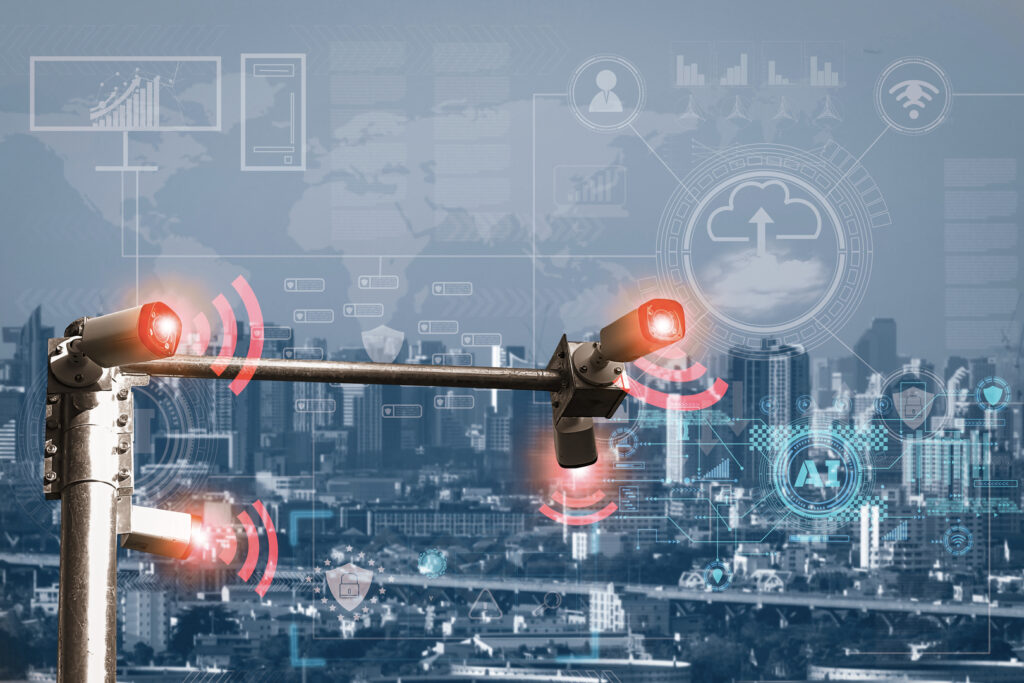
Video surveillance project design. Everything you need to know
Video surveillance project design. Everything you need to know
Often, an ordinary user does not have even minimal knowledge of the design of video surveillance systems. Many people do without projects altogether, but this raises many technical problems. Other users apply for a project to specialized firms without going into details. In many cases, there is price abuse and commercial collusion with equipment suppliers.
The purpose of this article is to inform the reader about CCTV design. This is extremely useful information, read to the end.
Software for creating project designs
Design of video surveillance systems always takes place using several special programs:
- online calculators of equipment manufacturers;
- online calculators to determine the cable size and hard drive capacity;
- online calculators for calculating the cost of the project;
- programs for determining technical characteristics. For example, to obtain information about the number of pixels, determine the image quality, select lenses and focal length (“CCTV Design Lens Calculator”, “CCTV Designer”);
- universal software (VideoCAD, JVSG, AutoCad, IP Video System Design Tool, VideoCad Starter).
Design process sequence
Sequential steps of the design process:
- Inspection of the facility by the contractor to clarify the goals/objectives of the design.
- Preparation of technical assignment, documenting and approval of the document with the customer.
- Development of the financial part of the project (estimate) and agreement with the customer.
- Drawing up a work schedule and obtaining the customer’s consent.
- Approval of the future equipment with the customer, as well as coordination with supervisory authorities (if necessary).
- Purchase of equipment.
- Installation of the system.
- System testing in standard mode and emergency mode.
- Correction of problems that were identified during testing.
- Putting the system into operation and signing the commissioning certificate.
CONCLUSION: Please note that a competent video surveillance system design implies that the customer and contractor are actively cooperating. The customer must approve and give formal consent to the estimate, timing of the work, purchase of certain equipment and other design stages.
Design standards
A video surveillance project design is drawn up in accordance with:
- national standard of the Russian Federation GOST R 51 558-2014 and GOST 34;
- Federal Law No. 123 (July 22, 2008) on regulations for fire safety requirements;
- official recommendations on the design and installation of door phones and security TV (R 78.36.008-99);
- set of rules for the design of telecommunication systems (SP 134.13330.2012);
- other government requirements.
The document is issued in accordance with:
- Decree of the Government of the Russian Federation No. 87 regulating the composition of sections of project documentation (effective date 16.02.2008, as amended on 24.04.2020);
- national standard of the Russian Federation GOST R 21.1101-2013 on the production of design documentation;
- government guidelines.
Standard content of a video surveillance project
A typical video surveillance project should contain:
- Title page, which contains information about the facility, contractor and customer.
- Plan-statement, which lists all the points of this document.
- Explanatory note with a detailed description of the work, technical characteristics of the equipment used, its list. This section also provides a justification for the choice of this equipment.
- Schemes and drawings. Here the installation locations of all equipment elements are indicated, including cable diagrams (transmitting and power)
- Cable journal, which describes the length/section of the cables.
- Specification. This is a table where the type, marking and quantity of all equipment and auxiliary materials used are described in detail.
Typical design errors
The most common mistake is refusing to make a project design and installing the system “as it goes”. People are motivated, as a rule, by the desire to save money on the project.
Next are technical errors, such as:
- possibility of scaling the system was not taken into account;
- possibility of integrating the equipment used with other video surveillance devices and software is not provided;
- weight of the structure, range and required viewing angle are not correctly calculated;
- cameras are not installed correctly (too low/high);
- natural factors (temperature drops, precipitation) were not taken into account.
Use of non-modern (analog) equipment and outdated methods of data storage should also be distinguished in a separate category. Someone may disagree, but we recommend using IP video surveillance with remote access capabilities and cloud storage.
Instead of a conclusion
Video surveillance (design and installation of large objects) requires a professional approach. If we are talking about protecting a home or a small business, then you can use remote video surveillance via smartphone and the Internet. Please note that you can surveil facilities absolutely free of charge using the Faceter service.














